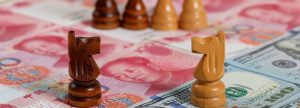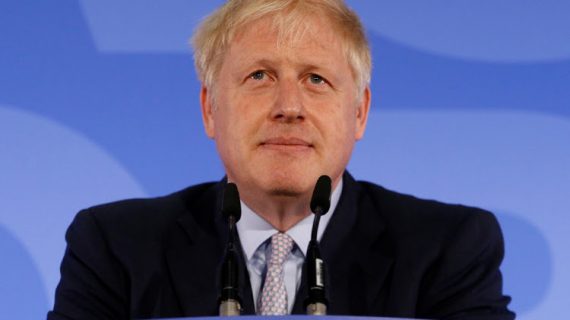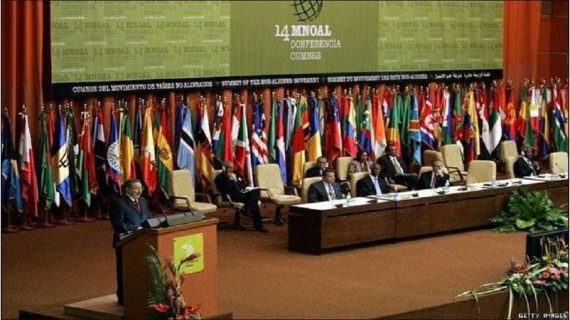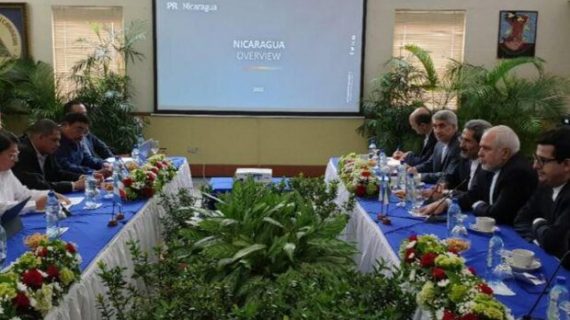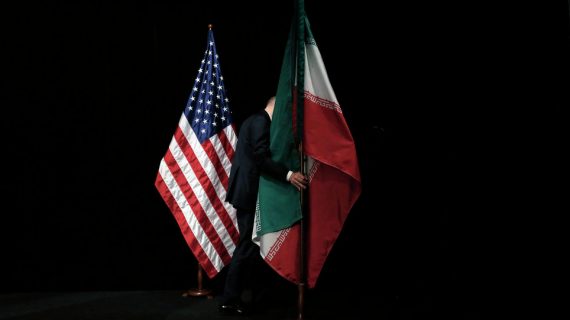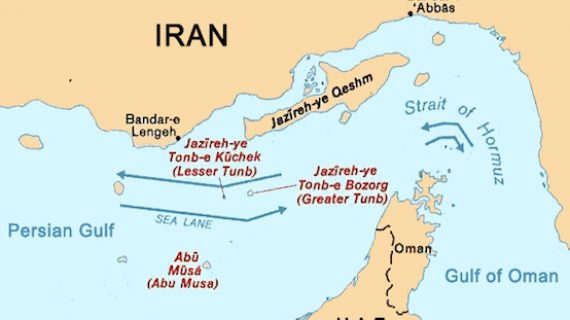Lessons to Learn From China in Supporting Domestic Production
But how successful might the government be in achieving this goal?
Move the country forward on a different, more propitious path with regard to this year’s national goal, Ali Mirzakhani, editor-in-chief of Persian economic daily Donya-e-Eqtesad, says in an editorial published recently. Excerpts from the article follow:
Public organizations traditionally adopt one of the two inefficient methods in the face of yearly goals: Officials issue a set of directives and schedule pertinent conferences; banners will pop up all over the place within a couple of weeks.
Another group of bureaucrats and lawmakers who are critical of the hyped-up method promote the idea that the country must go beyond rhetoric and adopt simpler approaches like offering cheap loans and dollars to producers or banning imports or raising tariff walls.
Do these policies produce the desired results? Isn’t it better to employ tried and tested methods of countries that were successful in protecting their local products?
To many economists, China has proved to be a successful model of economic growth. It has achieved three goals simultaneously: reducing imports, increasing domestic demand for Chinese products and the most important of all, dominating global markets, particularly in the West.
The Americans have always viewed China’s trade policies, particularly its currency intervention, as weapons of a trade war. What is currency war, after all?
Currency war, also known as competitive devaluations, is a condition in international affairs where countries seek to gain a trade advantage over other countries by causing the exchange rate of their currency to fall in relation to other currencies.
As the exchange rate of a country’s currency falls, exports become more competitive in other countries, and imports into the country become more expensive. Both effects benefit the domestic industry, as employment receives a boost in demand from both domestic and foreign markets.
China believes high import tariffs or a ban on imports are ineffective, so they opted for a different strategy by replacing tariff policy with currency policy. Currency policy not only decreases the economic viability of imports, but also puts a damper on smuggling.
The Chinese believe demand for foreign products and foreign currency are two sides of the same coin. Therefore, they have opted for gradually raising the value of foreign currencies instead of putting up the tariff wall.
It should be noted that currency policy should be backed by a monetary policy that keeps the inflation rate at a low level of below 5%. In doing so, the cost of local production decreases, competiveness of domestic products improves and manufacturers profit from exports.
The Chinese model should not be necessarily employed in Iran, but what is for sure is that the currency weapon should not be pointed straight at insiders. That’s what Iranian economic policymakers have done over the past decades.
Imports grew exponentially between 2005 and 2010. Price indices more than doubled while currency rates remained fixed, contrary to the Chinese model. This policy doubled the prices of local items while those of foreign products remained unchanged. The policymakers followed suit during 2013-17.
The Iranian model fires at friendly troops and this undermines local producers and strengthens their foreign counterparts. It also sends jitters through forex and other markets, as it switches potential economic growth from productive activities to speculative businesses engaged in risky financial transactions.
There is no option but to reject failed models that surely have their own staunch advocates. Are we bold enough to discard outdated models?

